Displaying items by tag: Tegra
Microsoft Launches Their Own Tablet Called Surface, What Will Their Partners Think About This?
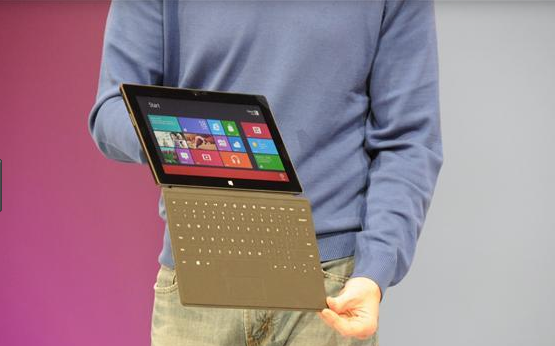 Well the cat is out of the bag now and the winner is a new tablet called Surface from Microsoft. The thin (.5 inches) tablet was shown off today at the big event that Microsoft had planned for a long time. From the pictures we have seen it looks like a nice device 10.6 inches long with a gorilla glass display, full sized USB port, MIMO antenna for WiFi a track pad, 64 or 128GB of storage, and a built in kickstand. There is just one problem; Microsoft’s partners. By entering into the market like this Microsoft runs the risk of alienating their major partners for Windows based tablets.
Well the cat is out of the bag now and the winner is a new tablet called Surface from Microsoft. The thin (.5 inches) tablet was shown off today at the big event that Microsoft had planned for a long time. From the pictures we have seen it looks like a nice device 10.6 inches long with a gorilla glass display, full sized USB port, MIMO antenna for WiFi a track pad, 64 or 128GB of storage, and a built in kickstand. There is just one problem; Microsoft’s partners. By entering into the market like this Microsoft runs the risk of alienating their major partners for Windows based tablets.
Is 2013 The Year of the Non-Apple Tablet? We Think It Is
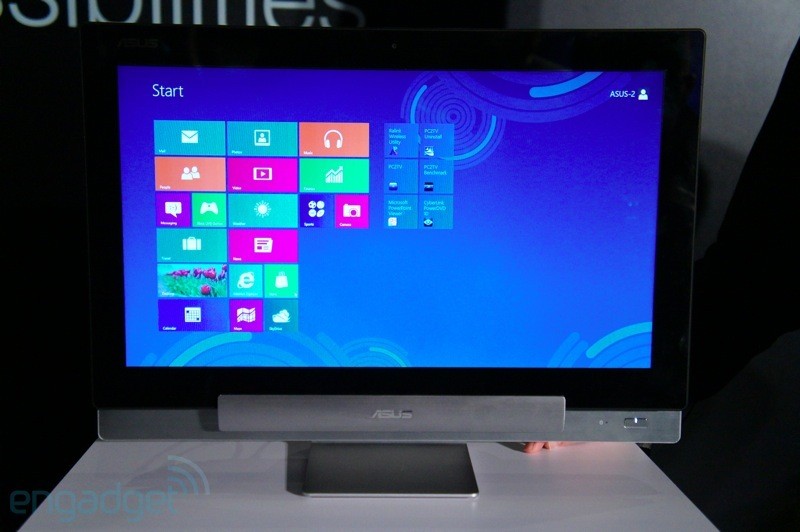 At CES 2010 we watched as the “PC” world began to gear up for its onslaught into the tablet market. Many at the time were still claiming that Apple was going to hold the market simply because they had a very big foot hold (and still do). However as we watched press briefings from Asus, Lenovo, nVidia, AMD, and Intel we saw something very interesting; the move to tablets that make sense for everyone. We are not talking about the choice of OS here either.
At CES 2010 we watched as the “PC” world began to gear up for its onslaught into the tablet market. Many at the time were still claiming that Apple was going to hold the market simply because they had a very big foot hold (and still do). However as we watched press briefings from Asus, Lenovo, nVidia, AMD, and Intel we saw something very interesting; the move to tablets that make sense for everyone. We are not talking about the choice of OS here either.
nVidia Moves to Intregrate LTE into Tegra by 2013
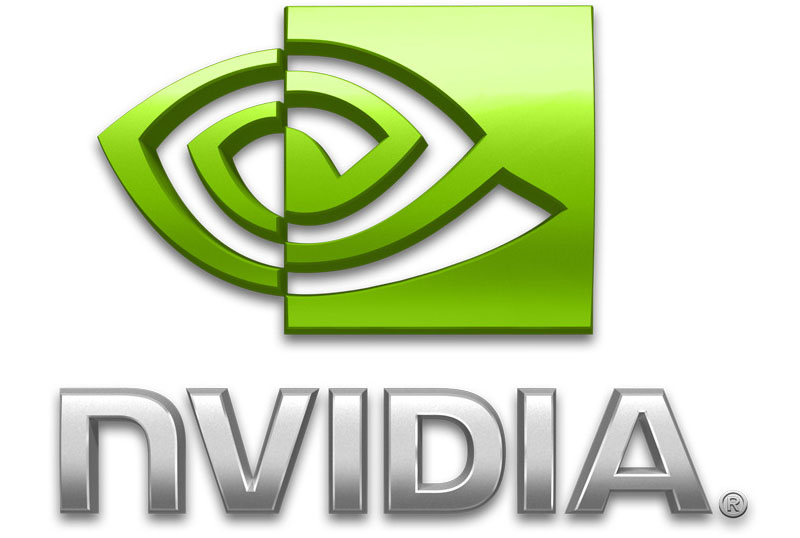 nVidia has taken one step closer to being a major player in the smart phone market. This step is the culmination of their purchase of Icera specifically for their LTE technology. Back when nVidia first announced the purchase it was in direct competition to Qualcomm who is seen as one of nVidia’s major opponents. nVidia new they needed to either license or acquire the technology so that they could integrate a high speed cellular modem into their Tegra SoC for future products.
nVidia has taken one step closer to being a major player in the smart phone market. This step is the culmination of their purchase of Icera specifically for their LTE technology. Back when nVidia first announced the purchase it was in direct competition to Qualcomm who is seen as one of nVidia’s major opponents. nVidia new they needed to either license or acquire the technology so that they could integrate a high speed cellular modem into their Tegra SoC for future products.
Toshiba Delivers a 13.3-inch Tablet in the Excite 13, Looks Ready Made for Windows 8
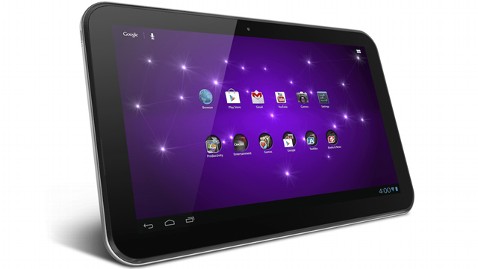 Toshiba has launched a new lineup of tablets under the name Excite. These are all Tegra 3 models and, for now, run Google’s Android 4. While everyone was unimpressed by the 10.1 tablet (its feature set is very similar to the rest of the crowd). What has really caught the eyes of the press is the rather large Excite 13 with is 13.3-inch IPS 1600x900 display. The common question is why go this large with a tablet screen?
Toshiba has launched a new lineup of tablets under the name Excite. These are all Tegra 3 models and, for now, run Google’s Android 4. While everyone was unimpressed by the 10.1 tablet (its feature set is very similar to the rest of the crowd). What has really caught the eyes of the press is the rather large Excite 13 with is 13.3-inch IPS 1600x900 display. The common question is why go this large with a tablet screen?
Asus Annoucnes new Transfomers includes a 4G LTE model...
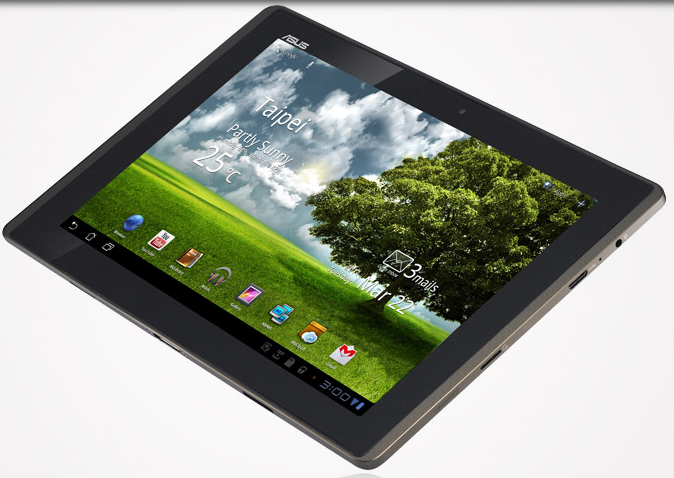 So Asus has released the specifications of their next generation Transformers and as we told you they are not getting rid of the Tegra 3 for their HD version of the popular tablet. The original rumor was that Asus was replacing the Tegra 3 for a Qualcomm SoC. In truth we find that Asus is entering the realm of cellular tablets.
So Asus has released the specifications of their next generation Transformers and as we told you they are not getting rid of the Tegra 3 for their HD version of the popular tablet. The original rumor was that Asus was replacing the Tegra 3 for a Qualcomm SoC. In truth we find that Asus is entering the realm of cellular tablets.
Asus Says They are Not Replacing the Tegra 3
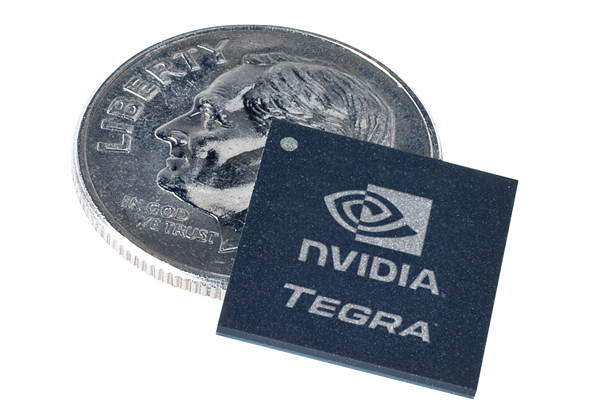 On Monday of this week there was a rumor that went around the internet that claimed Asus was abandoning Tegra for Qualcomm in their upcoming Transformer line. The rumor cam complete with a fuzzy show of a slide from a presentation. This would seem to confirm the move and to give a confirmation before the Mobile World Congress that is kicking off. After asking around we have found that the real story is something a little different.
On Monday of this week there was a rumor that went around the internet that claimed Asus was abandoning Tegra for Qualcomm in their upcoming Transformer line. The rumor cam complete with a fuzzy show of a slide from a presentation. This would seem to confirm the move and to give a confirmation before the Mobile World Congress that is kicking off. After asking around we have found that the real story is something a little different.
RAMBUS and nVidia settle long running patent dispute with a licensing agreement
 One of the all-time largest patent trolls RAMBUS (yes even bigger than apple) has finally settled a long running battle with nVidia and signed a licensing agreement with the GPU and SoC manufacturer. RAMBUS is famous for its underhanded dealings in the mid-90s when the company filed patents on technology that was being openly discussed at JDEC conferences. RAMBUS then turned around and sued other members of the organization for violating their patent rights. The resulting legal battle made the Samsung Vs. Apple dispute look like a fight over the TV remote.
One of the all-time largest patent trolls RAMBUS (yes even bigger than apple) has finally settled a long running battle with nVidia and signed a licensing agreement with the GPU and SoC manufacturer. RAMBUS is famous for its underhanded dealings in the mid-90s when the company filed patents on technology that was being openly discussed at JDEC conferences. RAMBUS then turned around and sued other members of the organization for violating their patent rights. The resulting legal battle made the Samsung Vs. Apple dispute look like a fight over the TV remote.
CES 2012 nVidia Press Conference- All about Tablets and Tegra...
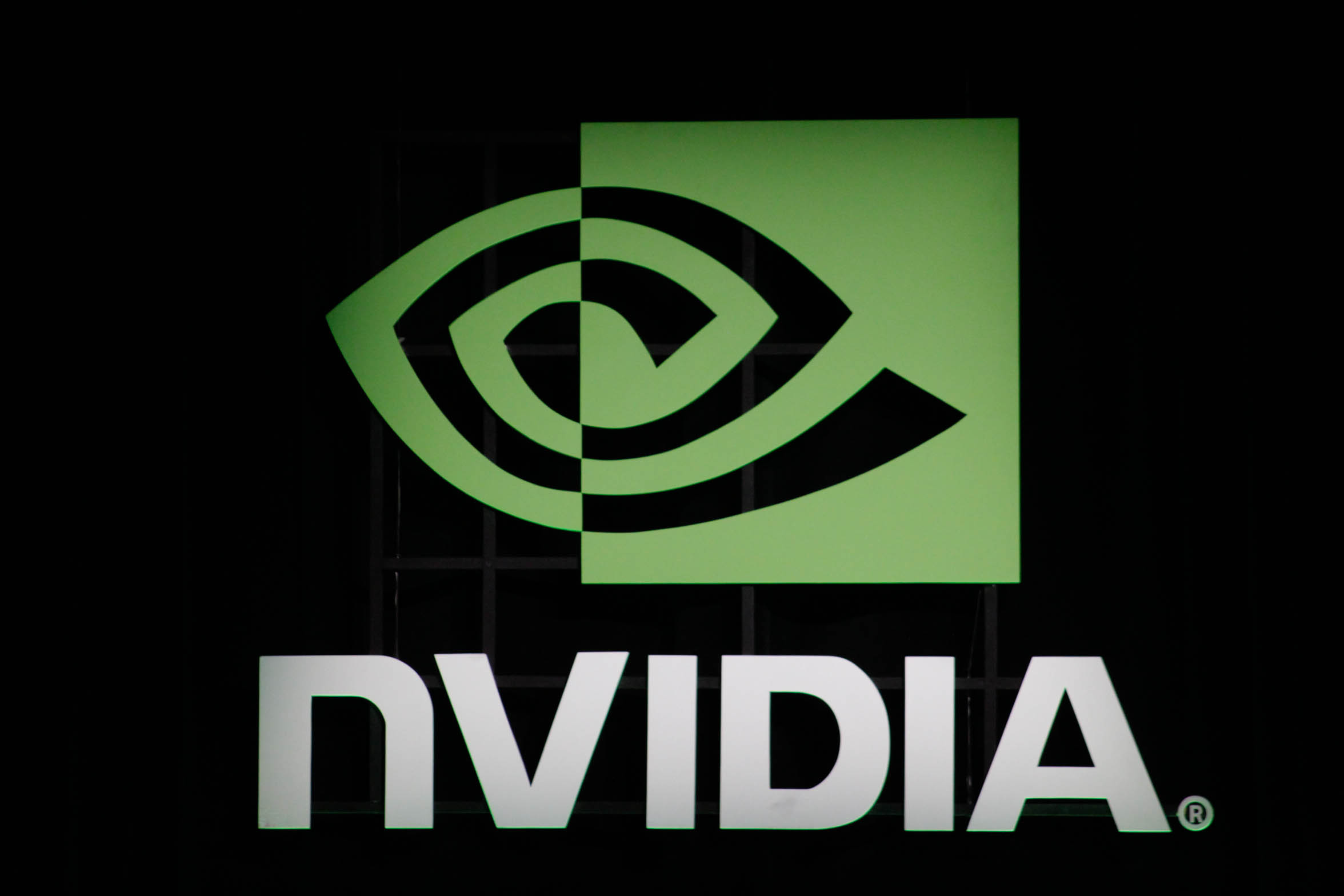 CES 2012 - Las Vegas Nevada; nVidia had their big press conference for CES 2012 and as has been the trend for the last three years it is all about Tegra. This time we had a look at Tegra 3; As most of you know Tegra 3 is nVidia’s Quad/Quint Core SoC and is hitting the market in the form of Asus’ Transformer Prime Tablet. This new SoC (System on Chip) has been seen as the major competitor for Apple’s A6 SoC (although some still feel that the A6 has better and more elegant caching instructions).
CES 2012 - Las Vegas Nevada; nVidia had their big press conference for CES 2012 and as has been the trend for the last three years it is all about Tegra. This time we had a look at Tegra 3; As most of you know Tegra 3 is nVidia’s Quad/Quint Core SoC and is hitting the market in the form of Asus’ Transformer Prime Tablet. This new SoC (System on Chip) has been seen as the major competitor for Apple’s A6 SoC (although some still feel that the A6 has better and more elegant caching instructions).
Tegra 3 prospects looking up
 Today is a good day for nVidia and their Tegra 3 SoC. Although we previously told you about the Asus Transformer Prime earlier it still bears repeating that today is the official launch. We can expect the new quad core Android Tablet to hit the stores in the US in December (let’s hope they make it before Black Friday). Unfortunately the rest of the world will have to wait a little bit.
Today is a good day for nVidia and their Tegra 3 SoC. Although we previously told you about the Asus Transformer Prime earlier it still bears repeating that today is the official launch. We can expect the new quad core Android Tablet to hit the stores in the US in December (let’s hope they make it before Black Friday). Unfortunately the rest of the world will have to wait a little bit.
For those of you checking your bank accounts we will update you with some more information on the new device. The Transformer Prime will be shipping with a Tegra 3 “Kal-el” SoC which packs four processing cores that runs between 500MHz and 1.4GHz. This dynamic allocation of performance is responsible for the great battery life that has been talked about on the web (by nVidia and Asus). If you are running HD video you will get a very nice 12 hours out of your battery.
Other specs include 1GB of RAM, a 1280x800 Super IPS Display protected by Gorilla glass, mini HDMI, an 8MP f/2 camera, and a MicoSD slot. It will ship with Honeycomb (3.2) but Asus has already promised an upgrade to Ice Cream Sandwich as soon as it is ready.
The Prime will come in two main flavors a 32GB model at $499 and a 64GB model at $599. Both will still bring you in under the cost for the same sized iPad 2.
The other exciting news from the Tegra 3 world is the confirmation that HTC is indeed making a smart phone with this quad core monster in it. So far the details are light but it looks like this new phone will have a 4.7-inch screen that will be capable of 720p HD resolutions. This will be the first phone from HTC that has not had a Qualcomm SoC under the hood so it will be interesting to see how it all turns out.
It looks like the Tegra 3 will enjoy a very good end of 2011 and a great 2012. We will try to get you more information on both of these products in the next few days.
Discuss in our Forum
Asus taking the lead in the "Non-Apple" Tablet Market
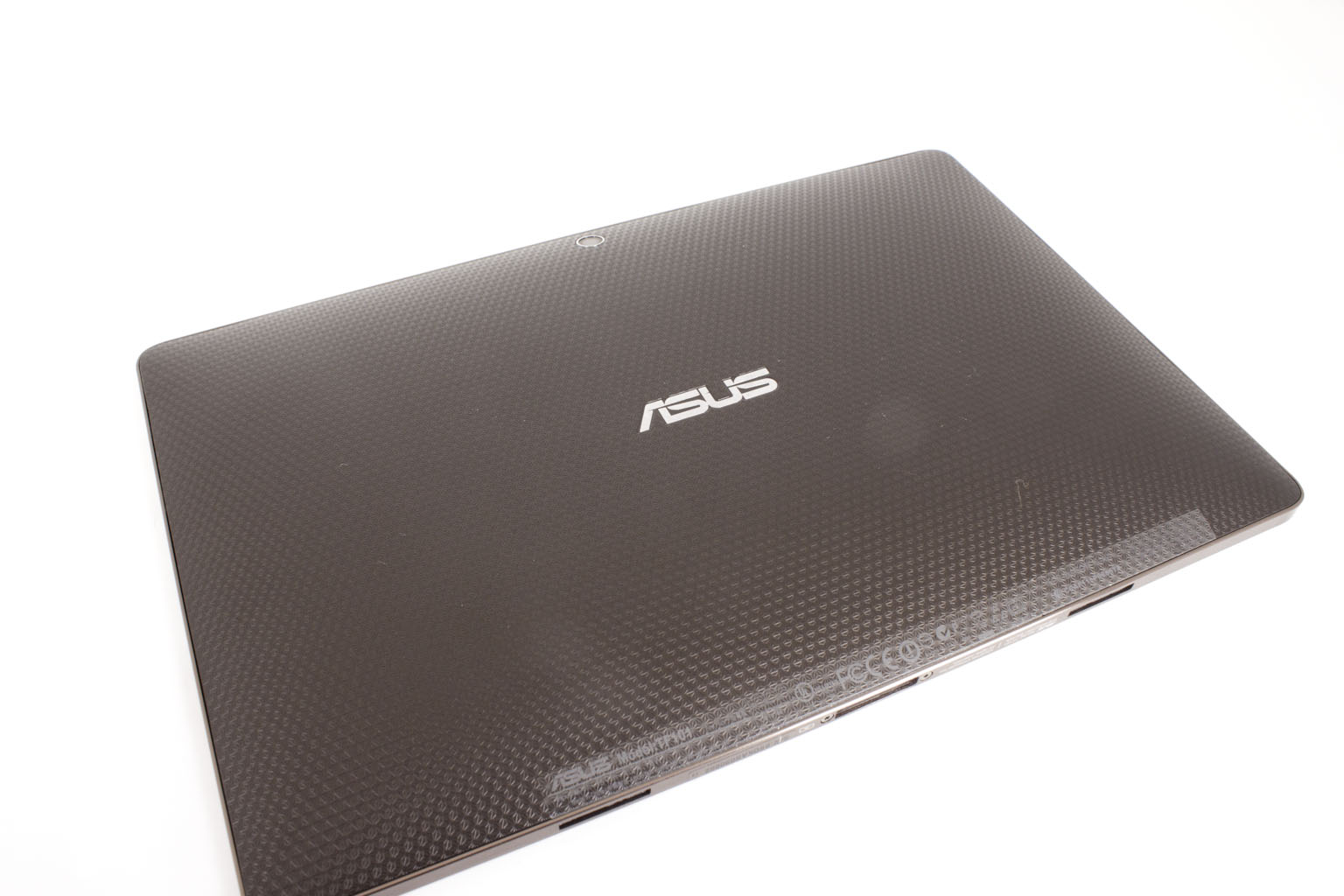 Asus is known for taking a concept and running with it. At least in the last few years they have been that way. When the idea of the “netbook” entered the market the thought was a cheap, light device for content consumption that could compete with some of the smaller products from Apple like the iBook. Many companies jumped in on this market bandwagon, but only one really went the whole distance (meaning that most companies stayed in APAC or the EU). Asus decided to develop the EEE line up and then pushed it to the global market.
Asus is known for taking a concept and running with it. At least in the last few years they have been that way. When the idea of the “netbook” entered the market the thought was a cheap, light device for content consumption that could compete with some of the smaller products from Apple like the iBook. Many companies jumped in on this market bandwagon, but only one really went the whole distance (meaning that most companies stayed in APAC or the EU). Asus decided to develop the EEE line up and then pushed it to the global market.
After this daring move (and in less than three years) Asus went from an unknown on the mobile market to one of the highest rated companies for customer satisfaction (based on return rates and consumer complaints). Now we are seeing something very similar in the tablet market. There is no doubt that Apple owns the lion’s share right now but Asus has put out not just one, but three compelling competitors for the market to feast on. At the very top and for the Windows fan is the EEE Slate EP121 with a dual Core i5 ultra mobile CPU, 4GB of RAM and up to a 64GB SSD for storage. Beneath this we find the Transformer which is a 10.1 tablet with a keyboard/dock and battery. The last in the group is the slider, another tablet and keyboard combination but this one has the keyboard under the display and it… you guessed it slides out for use.
Now you might be wondering why I am giving you a rundown of Asus’ tablet offerings. Well the reason is simple; you cannot understand where a company is going until you know where they have been. Let’s take a look at what we have and what Asus has said publicly to gauge where they are headed in the tablet market for 2012.
For the Windows fans we have the current EEE Slate EP121. This is a great product, but there are many that look at its size and weight as an obstacle. In my experience with it there are times when it is just too big. Added to this is the complete lack of any usable accessories for the product. There are no cases for it, no stands, nothing. It makes using it troublesome for the average user.
Fortunately Asus is working on this issue. We have heard that they are planning at least two Windows 8 tablets and if the information we have is correct one of them will be x86-64 while the other is some form of ARM CPU (most likely Tegra). This will put the Windows user’s minds at ease.
For the Android market we know that the Transformer Prime will already hit the market in just 8 days. This device will be thinner, lighter and much more powerful with a quad-core Tegra under the hood. For the rest of the lineup we find that Asus has plans for two “Hero” products in Q1 2012 that will run Google’s Ice Cream Sandwich. One of these (so the rumor goes) could be a 3D display model (or maybe both will be). nVidia is big on 3D and there have been some outstanding work done to bring the glassless 3D Panels up in quality and down in price. I would not be surprised to see a 3D enabled Quad Core Tegra under the hood of one of these two “Hero” products next year.
What we are seeing is the same thought process that Asus has used again and again with their products. They actually do some good market research and then they use the tried and tested shotgun approach. They launch multiple products and see which ones take off. In the case of the tablet; all three have but for different reasons (because different markets want different things). This is actually a great win for Asus as they can now work to perfect these products like they have done with the EEE PC line up which is now moving into another generation.
This is what Asus does though, we have heard about it since we started our relationship with Asus back in the late 90’s. They were not quite where they are now, but the one thing they talked about consistently and asked about all the time was “what can we do to improve this”. Now they have a much larger market to ask that question of and they also can watch what their competitors do to gain an insight into how to build on their product portfolio. It has been interesting to watch them at work and to also see how their products impact the market (we will talk more about that later).
We will be keeping an eye on the tablet market as well as watching the development of Windows 8 to see how the chips fall and if Asus will become the leader in the “non-Apple” world of the tablet both x86 and ARM.
Discuss in our Forum
